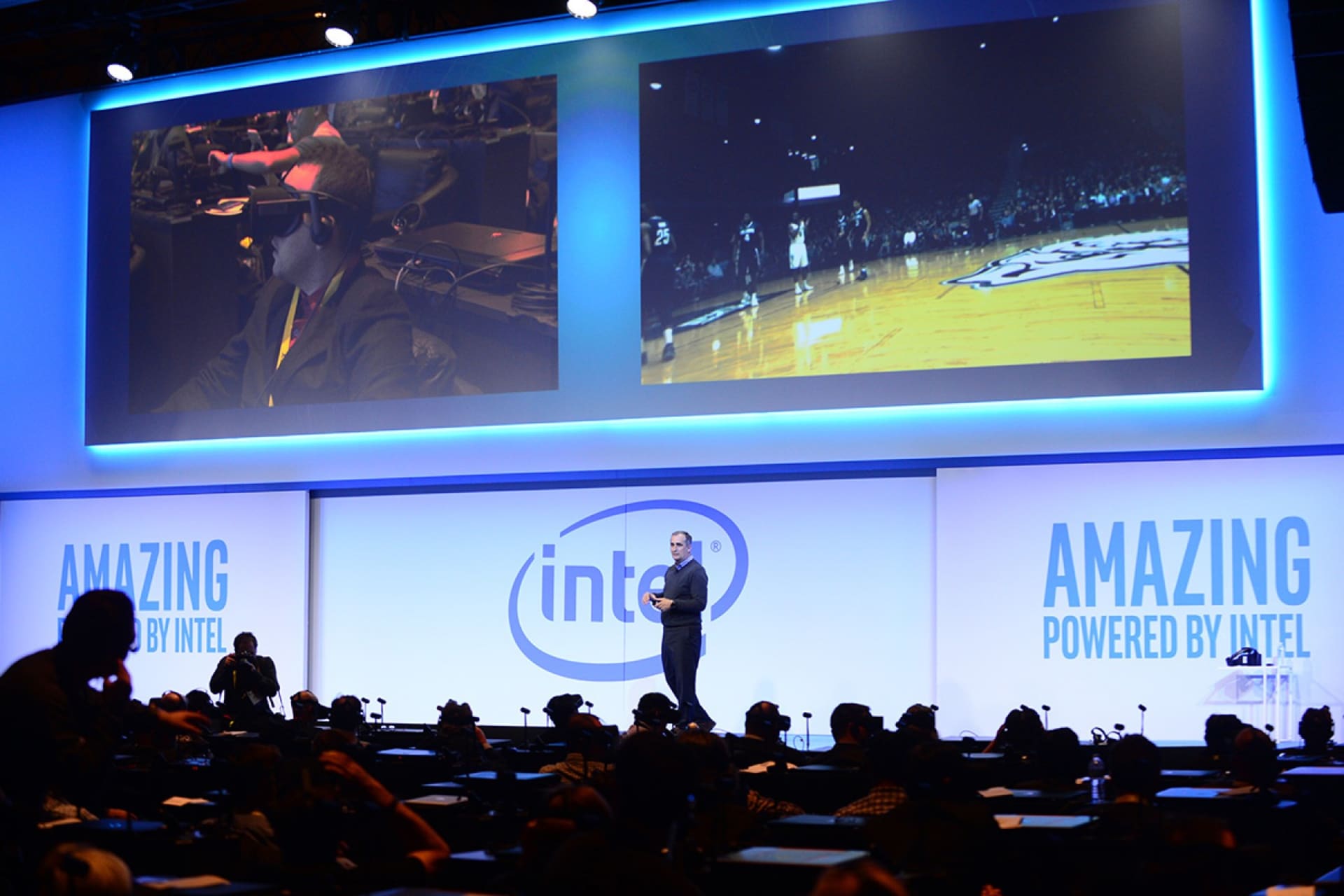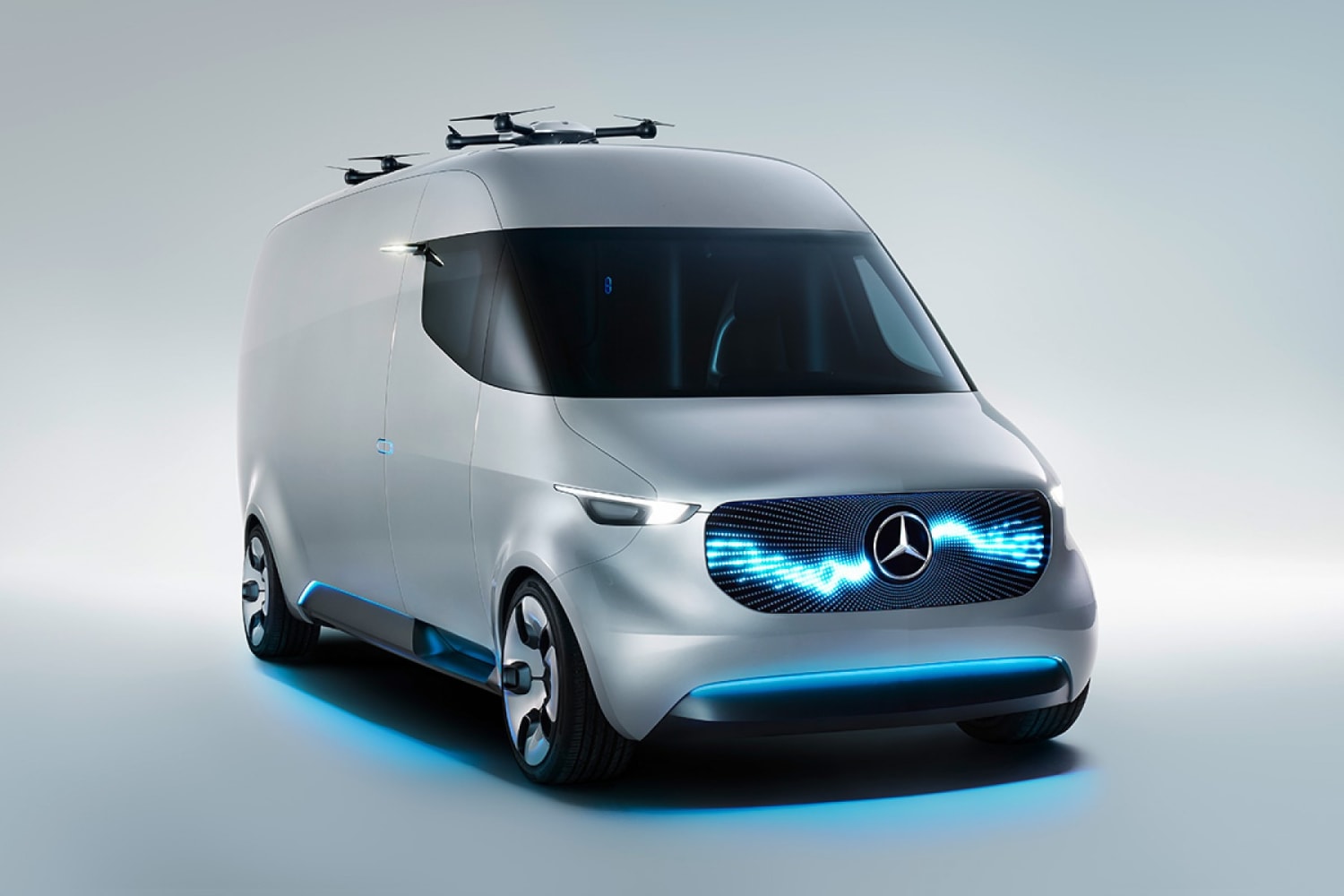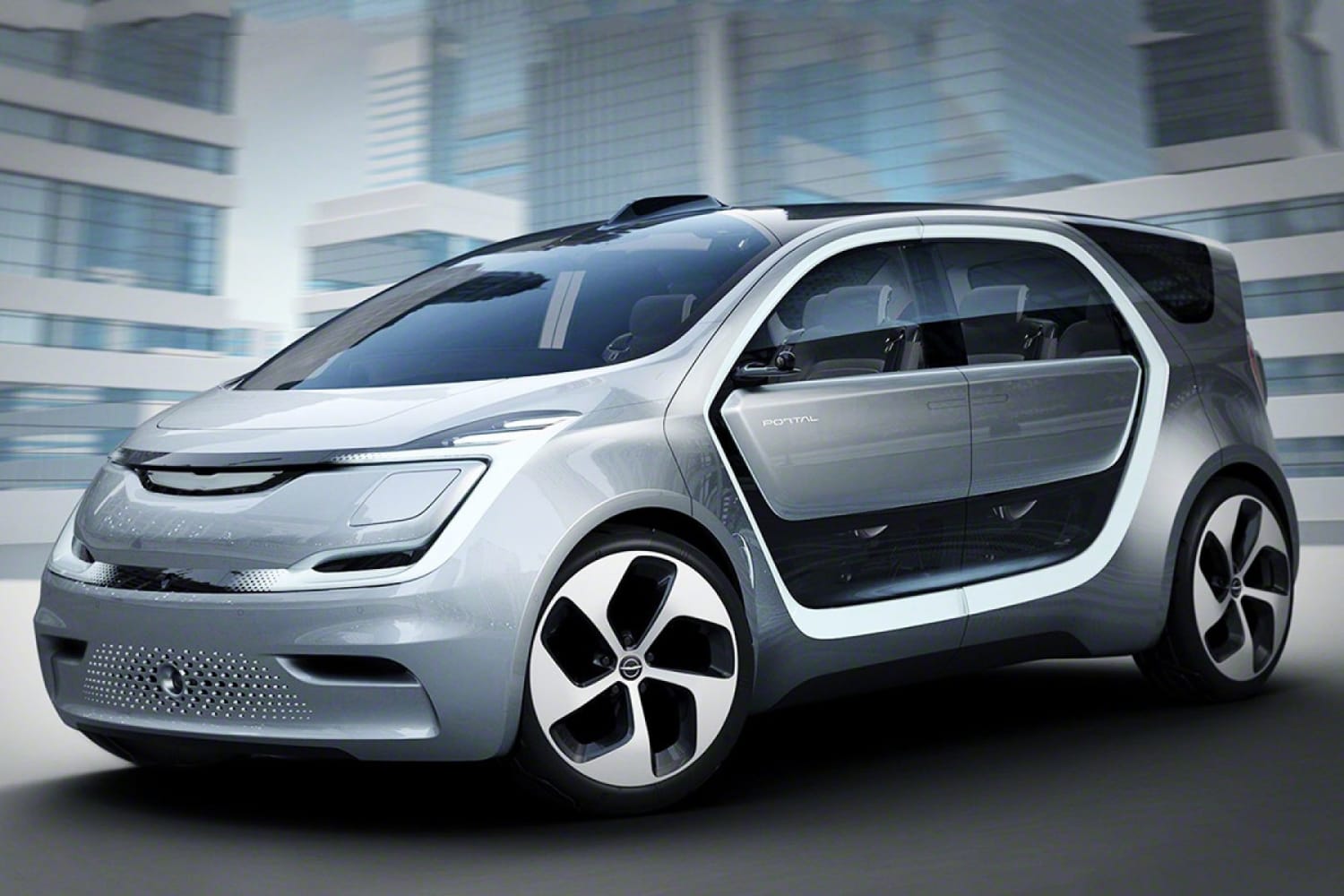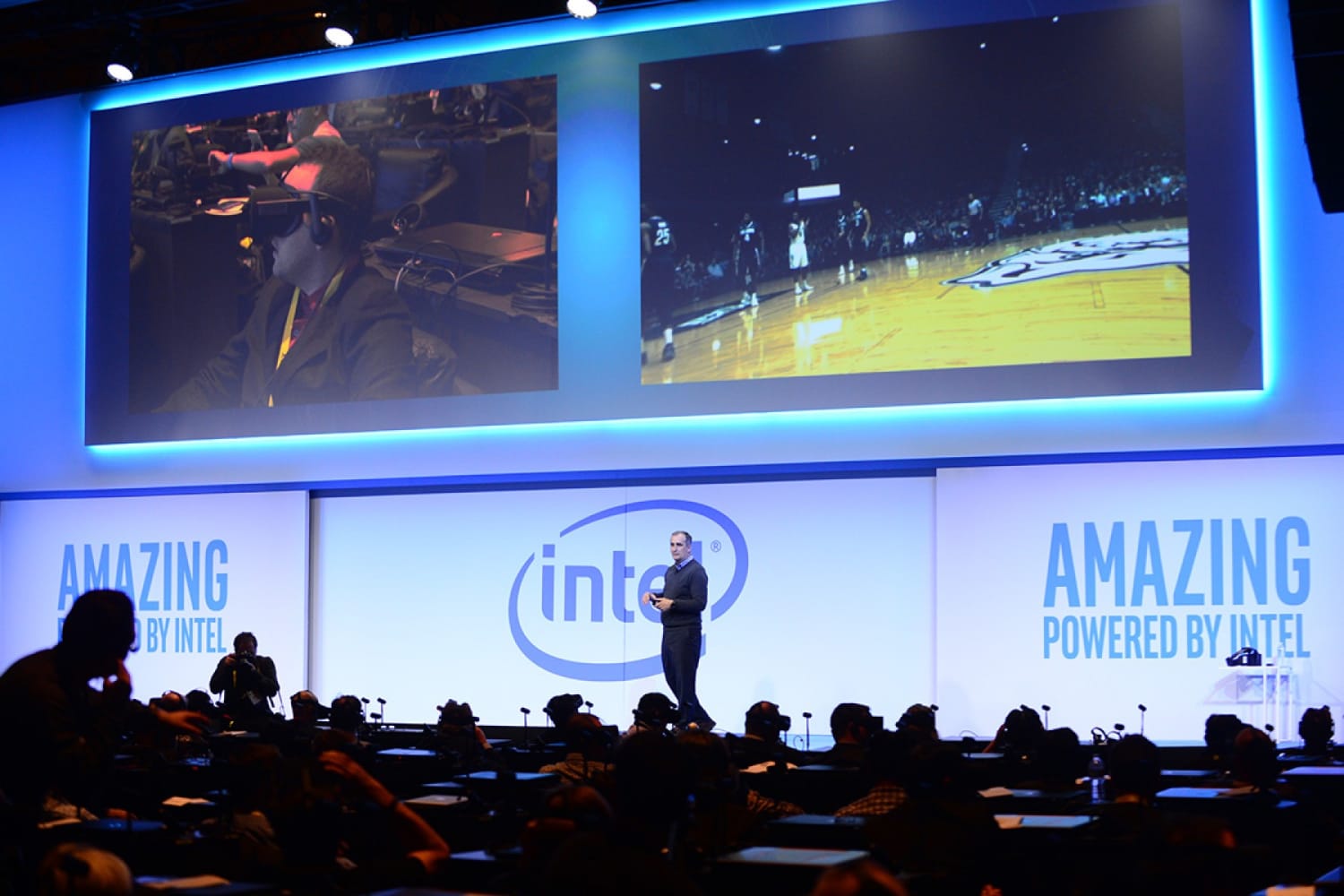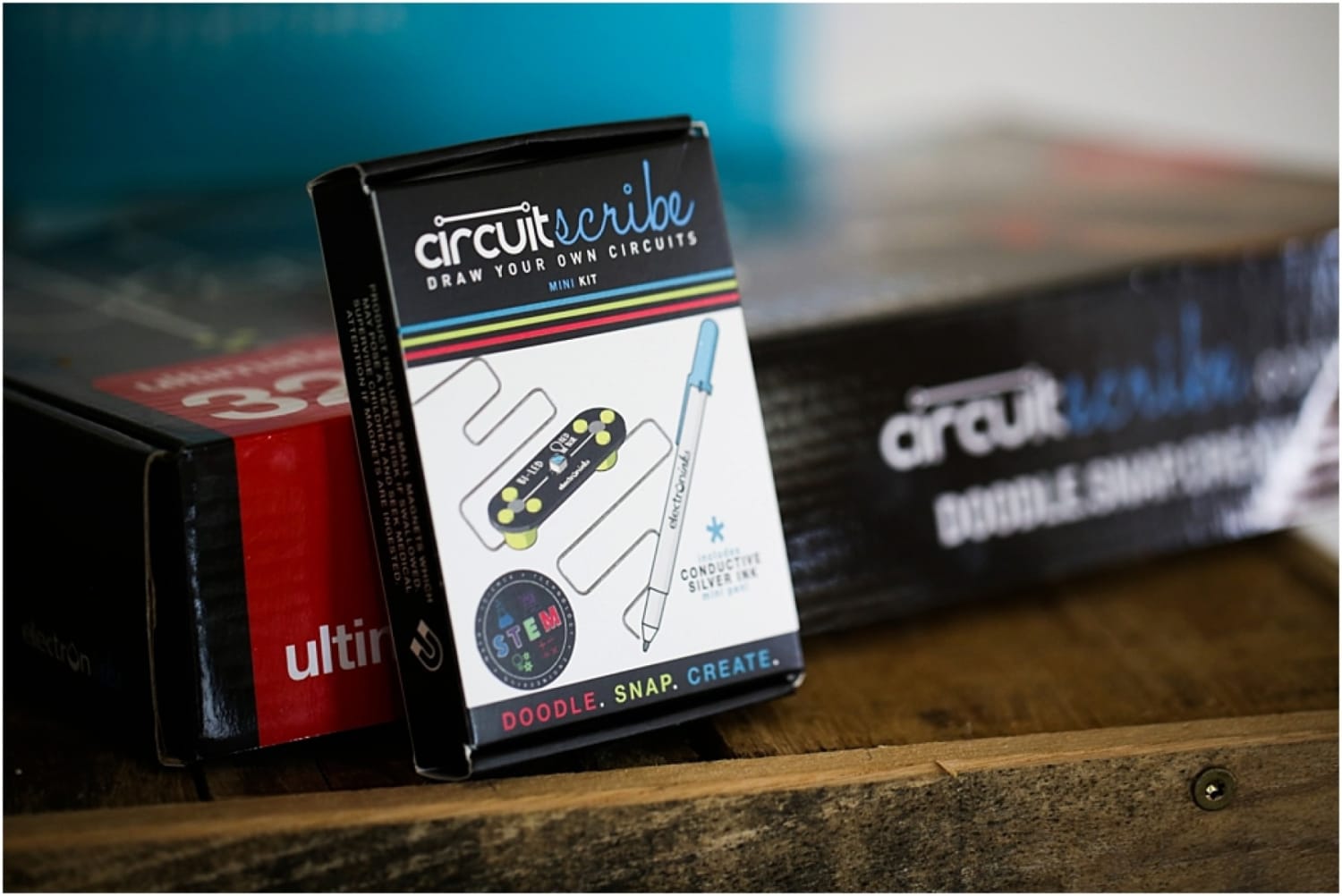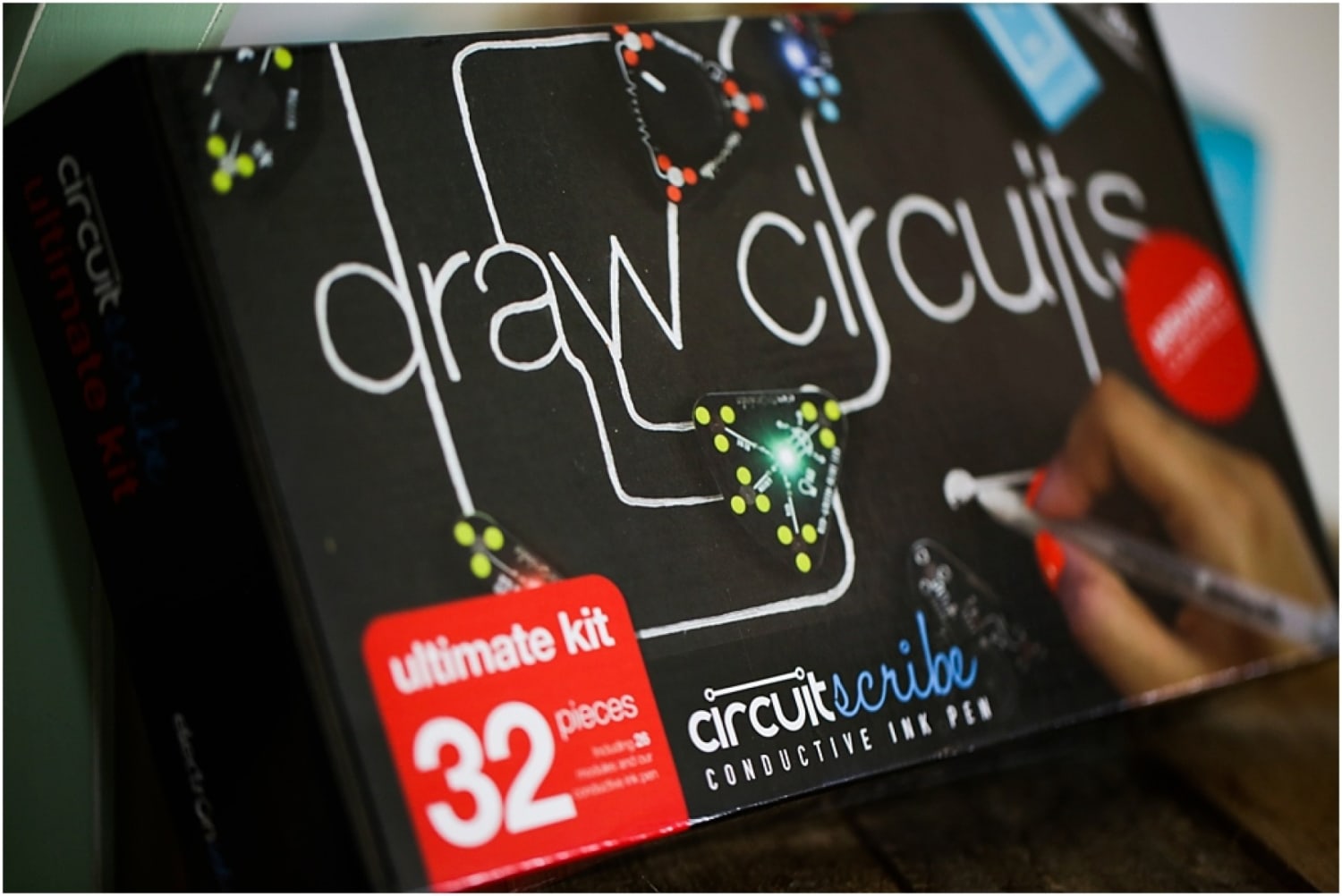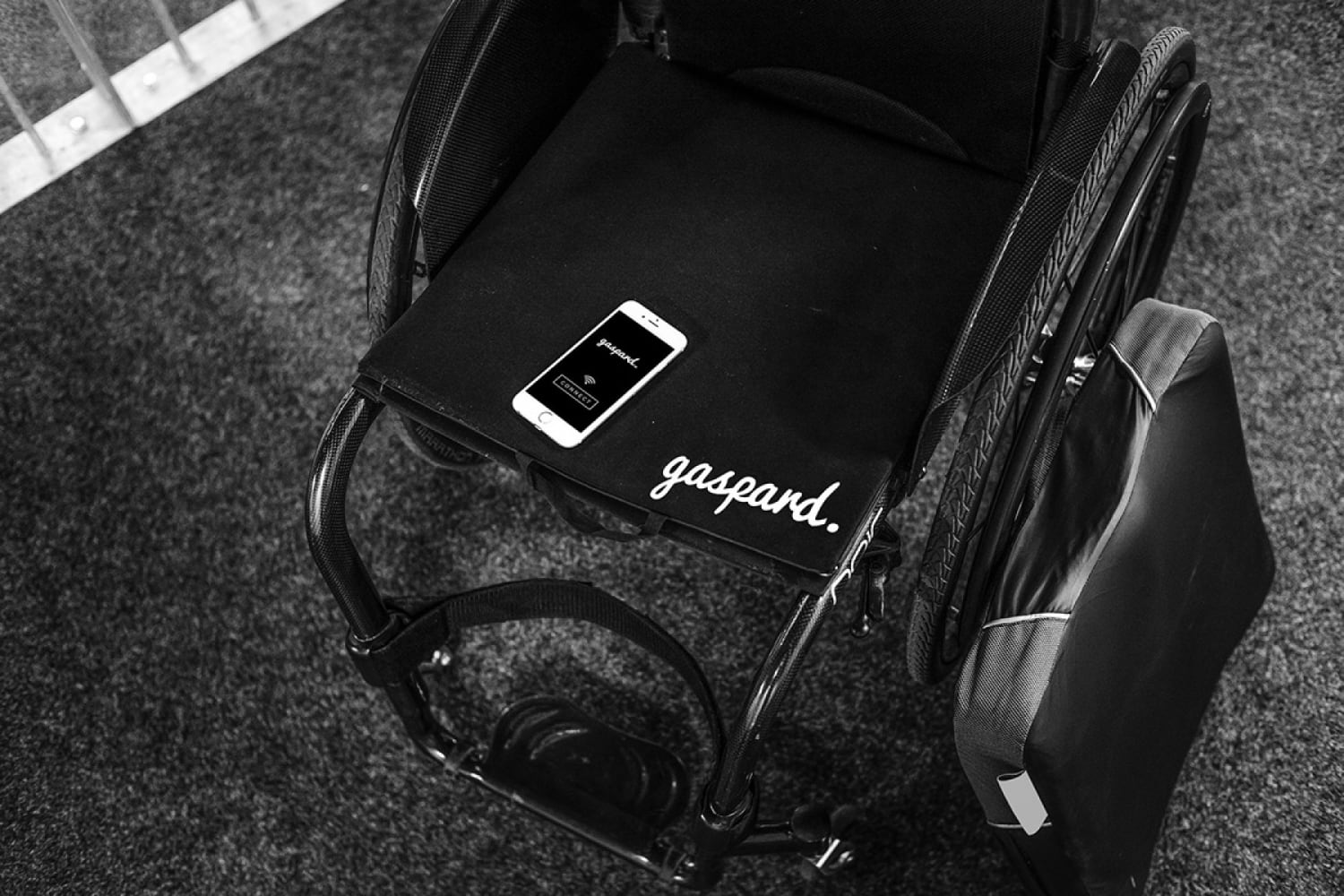“It’s no longer a technology show; it’s a connected life show and an advertising and media show,” said Shawn DuBravac of CTA, the trade organization that organizes CES. And it changes quickly: three years ago, he said, 20% of this year’s exhibitors didn’t exist.
This year, among big tech companies Amazon was the clear winner—though Amazon itself kept a low profile, letting others announce a multitude of new uses for Alexa, its virtual assistant.
Electric and self-driving cars were everywhere. Taking a page from Apple and Microsoft, which pulled out of CES years ago, Tesla sat out the conference as rival auto makers tried to mount convincing challenges to its dominance of the electric car market.
What about exciting new “gadgets”? Farhad Manjoo of the New York Times declared them “gone” in December, killed by the iPhone and cheap knockoffs. Category-changing devices were in short supply at the show, and Alexa, this year’s most talked-about product, was actually an invisible service.
But there were signs that Internet of Things products that had once been isolated were talking to each other in interesting new ways. And devices aimed at specific needs and populations—from new mothers to vacationers to the disabled—showed that gadgets might not be done for just yet.
Tech brands as car brands
A few years ago, the buzz was all about how CES was becoming an auto show. Car brands had to become technology brands, or risk falling behind in the innovation race and losing customers.
This year, the self-driving car was one of the few innovations at CES that had an unquestionable futuristic sheen, and tech brands wanted their piece of the hype. Intel, for example, was showing off its partnership with BMW, having recently announced a $250 million investment in autonomous driving technology. Separately, BMW announced its own self-driving car, estimated to arrive by 2021.
Panasonic highlighted its battery manufacturing role at Tesla’s new “Gigafactory,” and also showed a concept interior for fully autonomous vehicles predicted to arrive around 2025, featuring seats that face one another instead of the road. “It’s trying to bring the life experience into what eventually will be a work space or a living space,” Tom Gebhardt, president at Panasonic Automotive Systems, told JWT Intelligence. “That’s not going to be a driving space in the future, so we’re bringing our consumer products in that direction.”
Panasonic also offered a demonstration of how cars might become more responsive to drivers’ needs, for example suggesting nearby restaurants based on past behavior or helping verify payments using facial scans. “If the vehicle can be intuitive that means drivers don’t have to think as much, and can actually react to a safety situation better,” Gebhardt said. “If we can use AI to do that, that’s very meaningful to everybody.”
